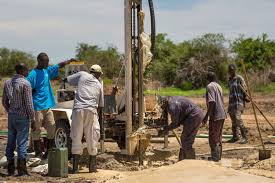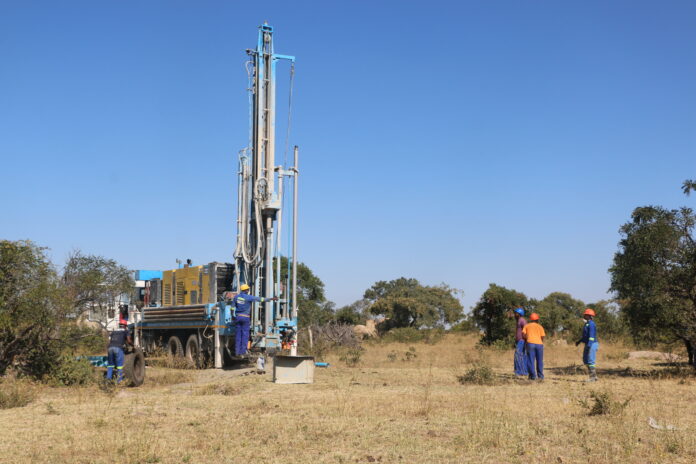Explore the intricacies of borehole drilling cost in our comprehensive analysis. Discover key factors influencing expenses and effective budgeting strategies. In the realm of water resource management, borehole drilling stands out as a pivotal practice, offering access to groundwater for various purposes like irrigation, drinking water supply, and industrial usage. However, the process of borehole drilling comes with its share of costs, which can vary significantly based on multiple factors. In this blog post, we delve into the intricacies of borehole drilling cost analysis, shedding light on the key determinants that influence these expenses.
Contents
Borehole Drilling Cost
The cost associated with borehole drilling is a multifaceted aspect that encompasses several components. Understanding these elements is crucial for stakeholders, including governments, NGOs, and private entities, who seek to embark on drilling projects for water accessibility and sustainability. Borehole drilling is a fundamental process in accessing groundwater resources for a wide range of purposes, from domestic water supply to agricultural irrigation and industrial usage. However, the cost associated with borehole drilling can vary significantly depending on several factors, making it essential to understand and analyze these costs for effective project planning and management.

Factors Influencing Borehole Drilling Cost
Geological Conditions
Perhaps the most influential factor in borehole drilling cost is the geological composition of the site. The complexity of the geological structure, including the presence of hard rocks, soft formations, or groundwater depth, significantly impacts drilling difficulty and, consequently, cost.
Depth of the Borehole
The depth to which the borehole needs to be drilled plays a pivotal role in determining the overall cost. Deeper boreholes require more sophisticated equipment, longer drilling times, and increased labor, contributing to higher expenses. Understanding the geological composition of the subsurface is paramount in determining the optimal borehole depth. Geological surveys provide insights into rock formations, soil types, and groundwater levels, guiding engineers in selecting depths that offer the best chance of tapping into viable water sources.
Equipment and Technology
The choice of drilling equipment and technology also influences the cost. Modern, advanced drilling rigs equipped with state-of-the-art technology may come with a higher upfront cost but can enhance efficiency and reduce overall drilling time, potentially offsetting expenses in the long run.
Labor and Expertise
Skilled labor and expertise are indispensable in borehole drilling projects. The cost of hiring experienced drillers, geologists, and engineers adds to the overall expenditure. Moreover, availability and local labor rates further impact the cost dynamics.
Site Accessibility and Logistics
The accessibility of the drilling site and logistical challenges can escalate costs. Remote locations or areas with limited infrastructure may require additional resources for transportation of equipment and supplies, thereby increasing expenses.
Regulatory Compliance and Permits
Compliance with regulatory standards and obtaining necessary permits add a layer of cost to borehole drilling projects. Meeting environmental regulations, acquiring land permits, and adhering to safety protocols contribute to the overall expenditure.
Cost Analysis and Budgeting
Conducting a comprehensive cost analysis and budgeting is essential for effective project planning and management. It involves estimating the expenses associated with each phase of the drilling process, including site assessment, drilling operations, equipment procurement, labor, and post-drilling activities like well development and testing.
Moreover, factoring in contingencies for unforeseen circumstances and incorporating sustainability measures can ensure financial resilience and long-term viability of the project.
Conclusion
Borehole drilling cost analysis is a critical endeavor that requires meticulous attention to detail and a thorough understanding of various influencing factors. By carefully evaluating geological conditions, optimizing technology and equipment selection, and adhering to regulatory standards, stakeholders can streamline costs and enhance the efficiency and sustainability of borehole drilling projects. Ultimately, investing in reliable water sources through borehole drilling is not just a financial decision but a strategic investment in securing a vital resource for communities and industries alike.



